Wild Lines: Beautiful wildlife-themed Christmas Cards to spread festive cheer

Who else is looking to support small businesses and independent traders this Christmas season? Top of my tick list for my consumer choices this Yuletide is supporting individuals (especially artists and creatives affected by the current pandemic) and of course supporting wildlife and conservation charities.
I’m delighted to have discovered wildlife illustration brand, Wild Lines, by zoologist Jen Parker; which manages to satisfy both of those criteria.

Jen’s range of illustrations includes cards, calendars and gift wrap; and comes with the promise of a minimum carbon footprint; with all packaging being recyclable, and the use of UK-based print companies that drive green values.
I was excited to chat with Jen to find out more about her business, which started out in this toughest of years for new start-ups.
“I create characterful pen drawings of wildlife – typically endangered species – and share them alongside an optimistic story around the featured species’ conservation journey,” she explained. “This year, I have started selling my illustrations as prints and greetings cards.”

Last year, Jen ran an ‘Endangered Advent’ on social media, where she posted a different wildlife-themed design every day of advent, and those designs are now available as cards on her website. “I’m planning to do the same this year, probably with a focus on British wildlife,” she tells me.
Jen has been kind enough to offer one lucky reader of this blog the chance to win a set of six Christmas card designs worth £15.00! More on that later, as we first ‘Meet the Maker’.
Meet the conservationist behind the business
Theres a quote that seems to be doing the rounds on social media recently; “When you support small business, you’re supporting a dream” — well, I wanted to know more about that dream…
Kate: Thanks for taking the time out of your busy schedule to chat to me, Jen. First things first, where and how did your passion for wildlife begin?
Jen: Growing up on the Isle of Wight, I’ve always been surrounded by nature. I loved spending time outside, but it wasn’t until I was about 17 that I became passionate about biology.
Skip ahead a few years and, having completed a degree in zoology and a masters in palaeoanthropology, I was packing my bags for a six-month postgraduate diploma in endangered species recovery. The course, run by Durrell Wildlife Conservation Trust, was based in Mauritius. I hoped that it would help me to determine whether I wanted to be a field conservationist or start a PhD. My time in Mauritius is where my passion for conservation really intensified.

After the most incredible experiences working on a selection of world-renowned endangered species recovery projects, I decided that I didn’t want to be a field conservationist. Nor did I want to do a PhD.
I was beginning to feel as though there was an aspect of conservation that was often overlooked, and that perhaps I could help with. Humans, and specifically human behaviour change, is integral to conservation success – and yet rarely incorporated deeply and significantly into conservation strategies.
That was when I decided that the way I could have the biggest impact would be through communications.
That’s fascinating to hear, and something I completely relate to. So how did that evolve into you launching Wild Lines?
When I had exhausted my funds staying in Mauritius for as long as my bank account would allow, I travelled back to the UK and took a job as editor of a veterinary magazine.
It wasn’t conservation, but it was a fascinating role that taught me a huge deal about the editorial world as well as the fantastic veterinary profession.
It was also in those first months back in the UK that I felt inspired to pick up an art pen for the first time. I continued to create pen drawings of wildlife in my spare time and, with the encouragement of friends and family, held a stall at a few Christmas markets near my base in Oxfordshire.

In June 2019 I handed in my resignation and moved to Montserrat in the Caribbean, where my partner was leading the Mountain Chicken Recovery Programme.
I spent a few months working as a freelance writer and editor before focusing my time on drawing and building a business plan for Wild Lines.
The idea to launch a conservation-focused illustration business had been in the back of my mind for some time, but I knew it would take some serious commitment to put into action. Fortunately, a move to the Caribbean offered the perfect environment to get stuck in.
That’s awesome. What has been the most rewarding part of launching Wild Lines as a business?
It’s scary launching a new business, especially when your own work is the product. But I have found it rewarding from the very beginning.
It is so lovely to hear that my artwork brings people joy, or that somebody has learnt something new or changed a little behaviour because they read the story accompanying a piece.

I’m sharing my artwork with a wonderfully engaged audience of people who are passionate about the natural world, and I couldn’t have asked for more in my first year.
One particularly exciting moment this year was when Jersey Zoo put in their first order for their shop – and then another one, because people were buying my things!
That was quite a surreal feeling and I’m really looking forward to reaching more customers by expanding my wholesale offering once things are a little closer to ‘normal’ in the retail world.
I have my fingers crossed for you. Which products or designs have been most popular?
The Wild Lines 2021 calendar is proving very popular at the moment. The wall calendar features 12 of my endangered species drawings and 15% of profits are donated to Durrell Wildlife Conservation Trust. People have tended to buy it as a Christmas present; they’re really happy to support a small business as well as a wildlife conservation charity while doing their Christmas shopping – especially this year!

My most popular print has been the Asian elephant (she’s my favourite, too!), followed closely by the very sweet juvenile Brazilian tapir. There is no standout winner when it comes to cards – there is something for everybody and it seems that everybody has a different favourite!
So, how do you go about choosing the animal species you use for the designs?
Last year, I focused on endangered animals and tried to cover a wide variety of species – from sea turtles to sloths. The advent idea dawned on me at the end of November and I asked my partner if he thought I could do one design every day of December up until Christmas.
I don’t know why I bothered asking, of course he was going to say yes. So I publicly committed and that was it! Every evening I came up with a plan for the next day’s card design so, to be honest, there wasn’t much of a strategy to it!

This year I’ve planned ahead. I’m going to focus on the wildlife we have here on our doorsteps in the UK – from white-tailed eagles and natterjack toads to hedgehogs and hares.
I think it’s important to connect with the wildlife we have at home; it’s easy to forget what incredible biodiversity we can find in Britain’s natural areas, and even in our gardens and parks.
Many of the species I’m featuring this year are the subjects of conservation work. Others are doing well, but simply couldn’t be missed; it wouldn’t be a British wildlife series without a red fox!
Now I’m excited for December to come around, just to see your advent series! In what ways do you hope your work will inspire others to connect with wildlife?
Each drawing brings the viewer a little bit closer to nature and, I hope, will help them to feel more connected to the wonderful world that we are so lucky to be a part of.
My drawings are typically accompanied with a conservation story. The stories describe the hard work being undertaken by conservation organisations to protect the species and usually incorporate some information on what we can do to help.

I think people around the world have felt more connected with the natural world this year than ever before, given the unusual and difficult circumstances the pandemic has brought with it. That was another of my reasons for focusing on British wildlife this year.
Having spent so much time indoors, we became increasingly aware of the important impact the natural environment has on our well-being. We were staring out of our windows recognising birds and insects that might not have caught our attention before. And when we were able to take a stroll in the woods, we relished the opportunity to reconnect with the outside world. I hope that my advent series this year will help to nourish those feelings, and perhaps even prompt people to put on their boots and go for a mindful walk amongst nature.
Now, you mentioned that the Wild Lines 2020 advent series would also be supporting wildlife conservation. Can you tell us more?
Yes, for my 2020 advent series, I have partnered with People’s Trust for Endangered Species – a fantastic charity that raises both awareness and funds for conservation projects in the UK and further afield.
I will be highlighting some of their wonderful projects in the UK and selling the original festive drawings and donating all profits to PTES.

To see Wild Lines full range of illustrations and gifts, visit: www.wildlines.art
Follow instagram.com/wildlines.art to see the 2020 advent series throughout December.

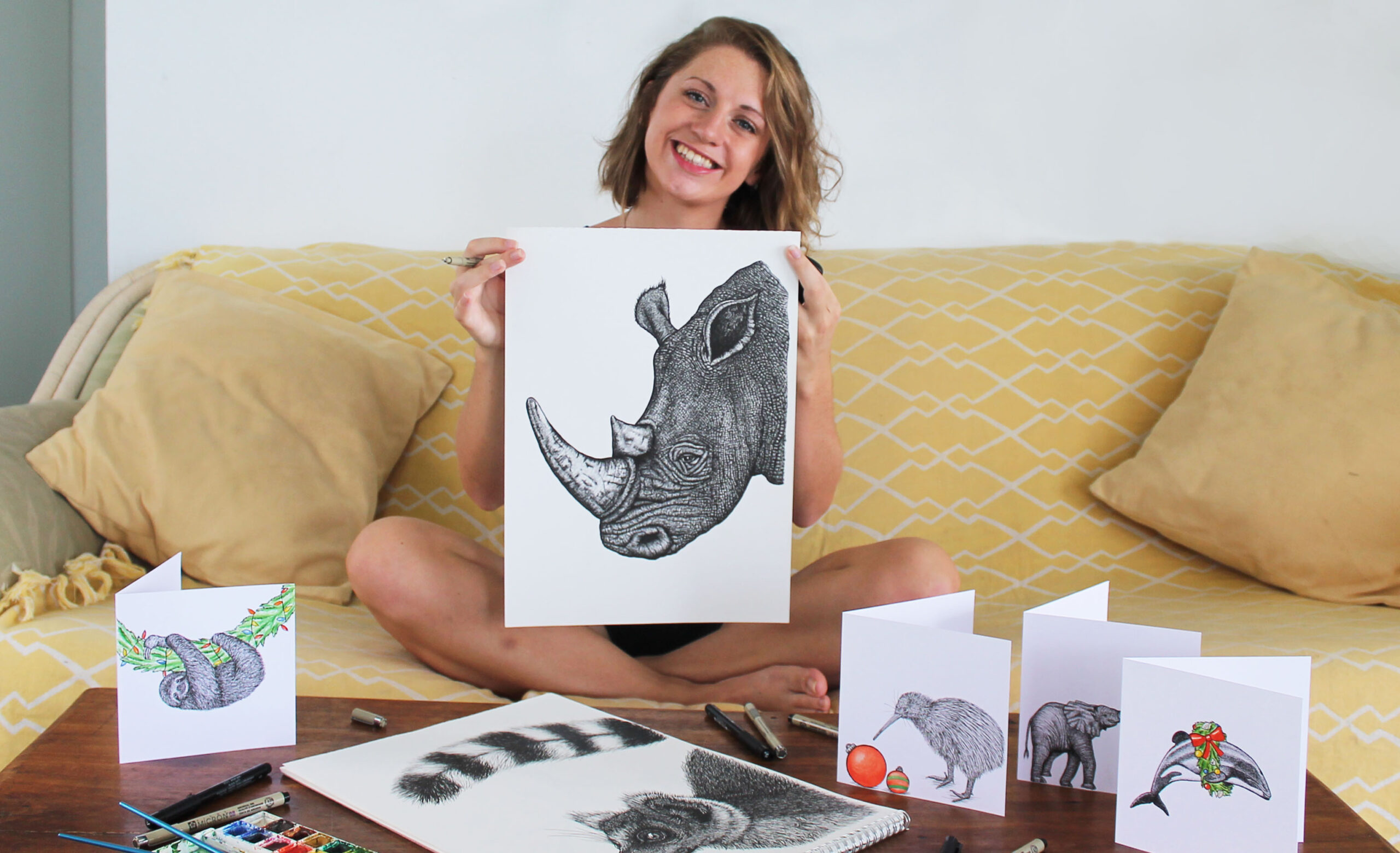
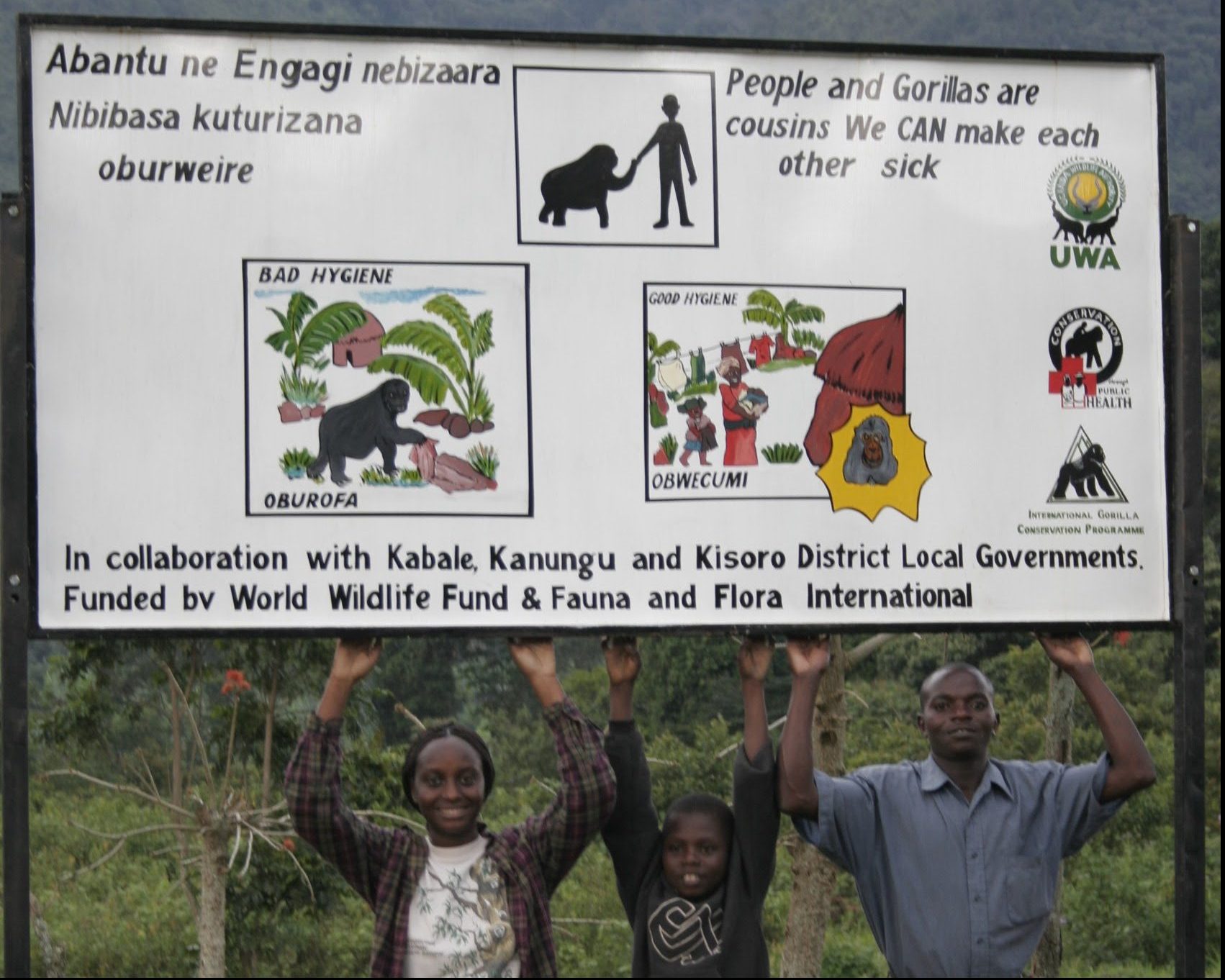
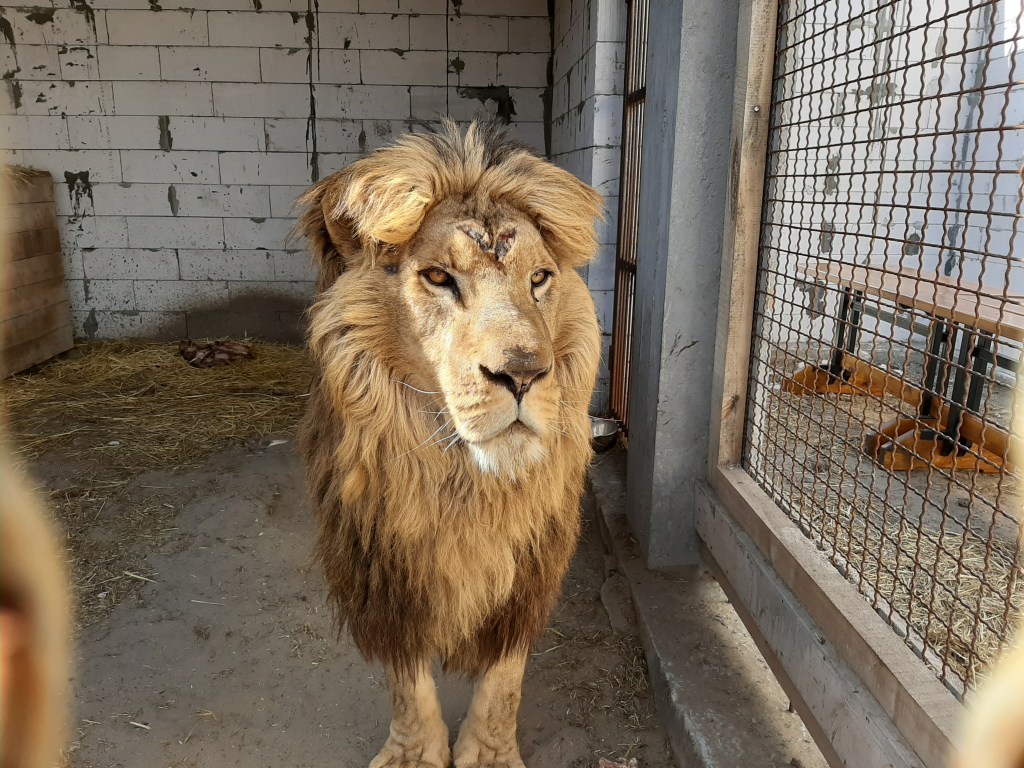
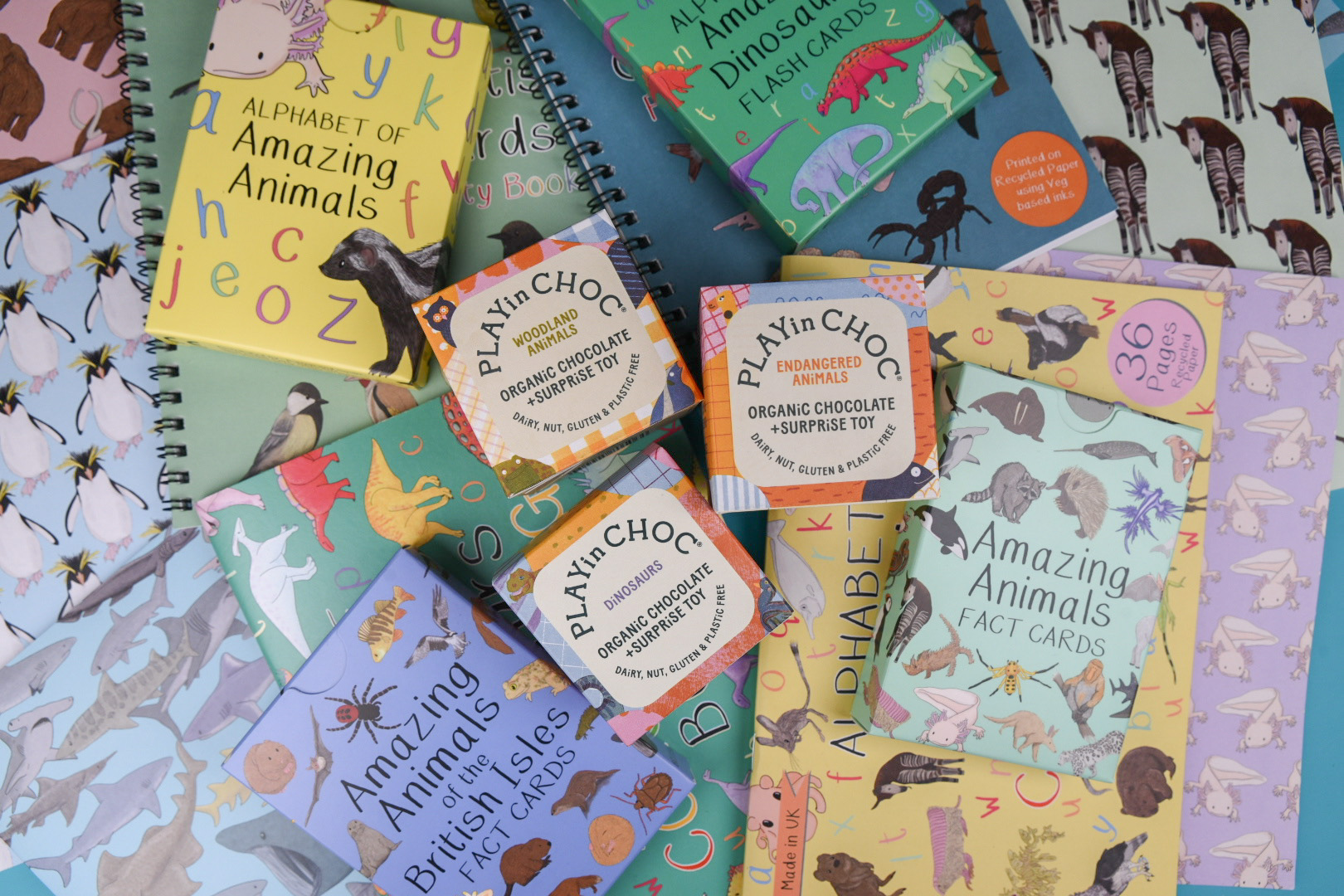
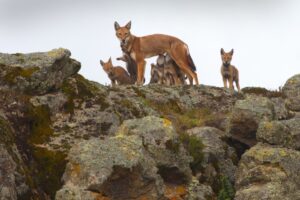
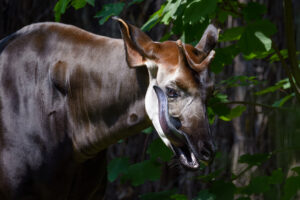
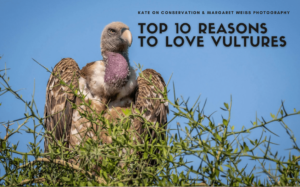
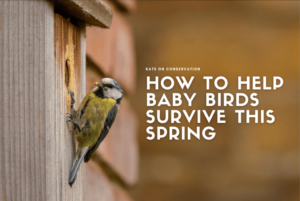
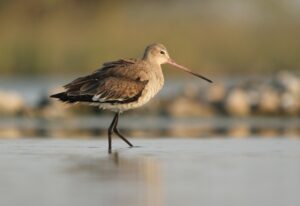
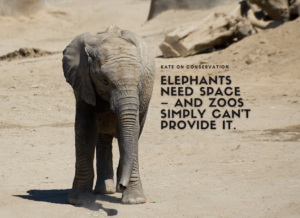

Post Comment